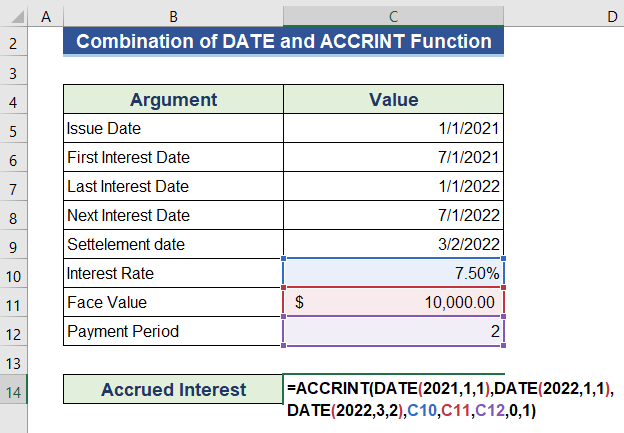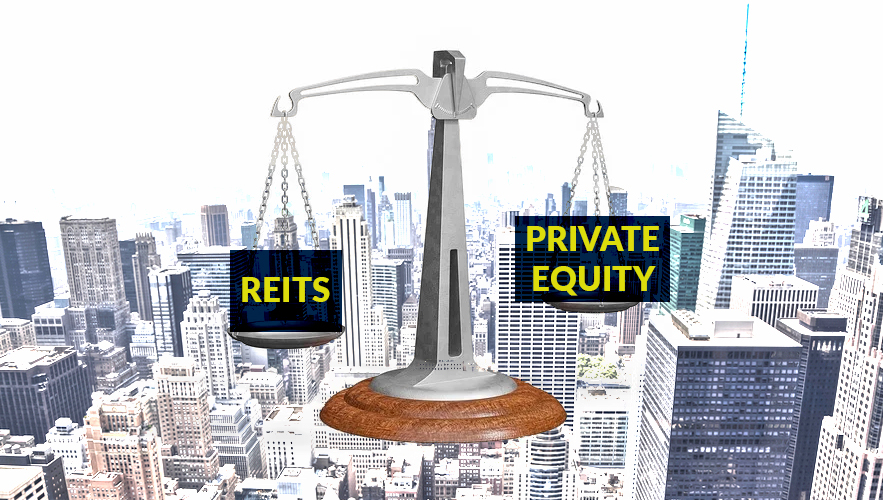
Silver futures investing has many advantages for investors but can also lead to large losses. Although silver is often considered to be a safe place, it is highly volatile and investors may lose a lot of cash if they don't take precautions.
Silver futures are exchange-traded contracts between two parties, allowing speculators to take advantage of favourable price changes to protect their wealth. Silver futures can also be traded on global exchanges, such as the Tokyo Commodity Exchange and the New York Mercantile Exchange.
Silver futures can trade in many sizes. The most common contract is either a 1,000-ounce, or a 5,000 ounce contract. These contracts are quoted in dollars and cents per troy ounce. They are traded on the COMEX division of the New York Mercantile Exchange.

Investors who trade silver futures can benefit from leverage, which allows traders to take positions that are larger than their available capital. However, leverage could lead to rapid losses. Before entering the market, inexperienced participants need to carefully evaluate their risk profile and time horizon.
Silver futures are also used by producers and portfolio managers to hedge price risk. The difference between the price in the spot market and the price in the future is determined by interest rates, the number of days until the contract delivery date, and the strength of the market's demand for immediate physical delivery.
Some silver futures contracts can also be traded in OTC markets. Here prices are negotiated between participants. The daily benchmark price is used as a benchmark to measure trading activity in the spot market. It is also used as a benchmark in producer agreements.
Another form of silver futures trading involves speculation. Speculation refers to investors who believe that silver's price will rise in the future. Futures contracts are usually purchased by traders to lock in a price at a certain amount of silver in future.

Silver futures may not be suitable for everyone, but they are a good option for hedgers and speculators. They protect against price swings and decrease their risk of loss which is generally higher in the actual market. Silver futures contracts give investors two positions. One is a long position and one is a short. The seller will accept the long position, which is an obligation to deliver physical metal at a future date. The short situation is an obligation by the seller to deliver the metal to the buyer for a predetermined amount, usually less than $10 per ounce.
Leverage in the futures market is not something that should be used by inexperienced investors. Although it may give them a greater position, leverage can cause large losses. Experts advise that beginners stay clear of futures trading.
When buying or selling silver futures, investors are required to pay a margin to their broker, before they can trade. The amount depends on which exchange. This margin is used for futures contracts costs and gives the investor technical ownership of the silver. The margin must paid up-front and the investor must contribute a percentage to each transaction.
FAQ
What is the main difference between the stock exchange and the securities marketplace?
The entire list of companies listed on a stock exchange to trade shares is known as the securities market. This includes stocks, options, futures, and other financial instruments. Stock markets are typically divided into primary and secondary categories. Primary stock markets include large exchanges such as the NYSE (New York Stock Exchange) and NASDAQ (National Association of Securities Dealers Automated Quotations). Secondary stock markets allow investors to trade privately on smaller exchanges. These include OTC Bulletin Board Over-the-Counter (Pink Sheets) and Nasdaq ShortCap Market.
Stock markets are important as they allow people to trade shares of businesses and buy or sell them. It is the share price that determines their value. The company will issue new shares to the general population when it goes public. Investors who purchase these newly issued shares receive dividends. Dividends can be described as payments made by corporations to shareholders.
Stock markets provide buyers and sellers with a platform, as well as being a means of corporate governance. The boards of directors overseeing management are elected by shareholders. They ensure managers adhere to ethical business practices. The government can replace a board that fails to fulfill this role if it is not performing.
Why is marketable security important?
An investment company's primary purpose is to earn income from investments. It does this through investing its assets in various financial instruments such bonds, stocks, and other securities. These securities are attractive to investors because of their unique characteristics. These securities may be considered safe as they are backed fully by the faith and credit of their issuer. They pay dividends, interest or both and offer growth potential and/or tax advantages.
Marketability is the most important characteristic of any security. This refers primarily to whether the security can be traded on a stock exchange. Securities that are not marketable cannot be bought and sold freely but must be acquired through a broker who charges a commission for doing so.
Marketable securities are government and corporate bonds, preferred stock, common stocks and convertible debentures.
These securities can be invested by investment firms because they are more profitable than those that they invest in equities or shares.
Who can trade on the stock market?
Everyone. There are many differences in the world. Some have greater skills and knowledge than others. They should be rewarded for what they do.
Other factors also play a role in whether or not someone is successful at trading stocks. For example, if you don't know how to read financial reports, you won't be able to make any decisions based on them.
This is why you should learn how to read reports. It is important to understand the meaning of each number. You must also be able to correctly interpret the numbers.
You will be able spot trends and patterns within the data. This will allow you to decide when to sell or buy shares.
If you are lucky enough, you may even be able to make a lot of money doing this.
How does the stock exchange work?
You are purchasing ownership rights to a portion of the company when you purchase a share of stock. A shareholder has certain rights. A shareholder can vote on major decisions and policies. He/she can seek compensation for the damages caused by company. He/she can also sue the firm for breach of contract.
A company cannot issue any more shares than its total assets, minus liabilities. It is known as capital adequacy.
A company with a high ratio of capital adequacy is considered safe. Low ratios can be risky investments.
What is security in a stock?
Security is an investment instrument that's value depends on another company. It could be issued by a corporation, government, or other entity (e.g. prefer stocks). The issuer promises to pay dividends and repay debt obligations to creditors. Investors may also be entitled to capital return if the value of the underlying asset falls.
Statistics
- "If all of your money's in one stock, you could potentially lose 50% of it overnight," Moore says. (nerdwallet.com)
- The S&P 500 has grown about 10.5% per year since its establishment in the 1920s. (investopedia.com)
- Ratchet down that 10% if you don't yet have a healthy emergency fund and 10% to 15% of your income funneled into a retirement savings account. (nerdwallet.com)
- Our focus on Main Street investors reflects the fact that American households own $38 trillion worth of equities, more than 59 percent of the U.S. equity market either directly or indirectly through mutual funds, retirement accounts, and other investments. (sec.gov)
External Links
How To
How to make a trading plan
A trading plan helps you manage your money effectively. It helps you understand your financial situation and goals.
Before you create a trading program, consider your goals. You may want to save money or earn interest. Or, you might just wish to spend less. You might want to invest your money in shares and bonds if it's saving you money. You could save some interest or purchase a home if you are earning it. Perhaps you would like to travel or buy something nicer if you have less money.
Once you have an idea of your goals for your money, you can calculate how much money you will need to get there. This depends on where you live and whether you have any debts or loans. Also, consider how much money you make each month (or week). Your income is the amount you earn after taxes.
Next, you will need to have enough money saved to pay for your expenses. These include rent, food and travel costs. These all add up to your monthly expense.
The last thing you need to do is figure out your net disposable income at the end. This is your net disposable income.
You're now able to determine how to spend your money the most efficiently.
Download one from the internet and you can get started with a simple trading plan. You could also ask someone who is familiar with investing to guide you in building one.
Here's an example of a simple Excel spreadsheet that you can open in Microsoft Excel.
This is a summary of all your income so far. This includes your current bank balance, as well an investment portfolio.
And here's another example. This was designed by a financial professional.
This calculator will show you how to determine the risk you are willing to take.
Do not try to predict the future. Instead, think about how you can make your money work for you today.